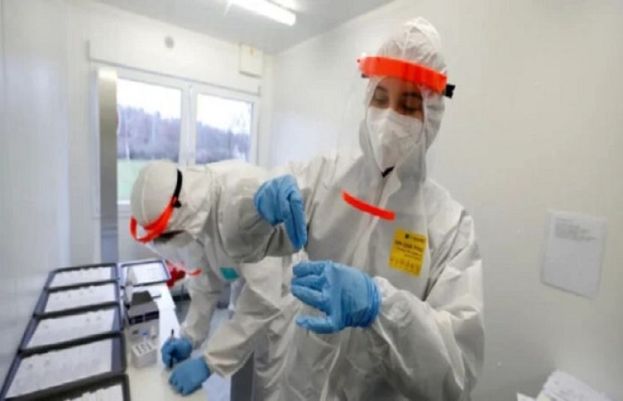
The Centers for Disease Control and Prevention (CDC) recently reported that the new COVID-19 variant, JN.1, now accounts for 44.1% of cases in the United States, indicating a significant increase in the fast-spreading variant’s prevalence.
The increase in JN.1 infections is more than two times larger than the 21.3% estimate for the week ending December 9, after Thanksgiving, CBS News reported, citing CDC’s findings.
The largest prevalence among other regions is estimated to be in the Northeast region, spanning New Jersey and New York, where the strain is 56.9% of cases.
“JN.1’s continued growth suggests that the variant is either more transmissible or better at evading our immune systems than other circulating variants. It is too early to know whether or to what extent JN.1 will cause an increase in infections or hospitalizations,” the CDC said.
The new estimates follow a surge in JN.1 prevalence in other countries, prompting the World Health Organisation (WHO) to elevate the strain to “variant of interest,” its second-highest tier.
The new variant has not been reported to cause severe symptoms compared to previous strains.
However, its unprecedented accumulation of mutations, primarily inherited from its highly mutated parent BA.2.86, has raised concerns among health authorities.
The BA.2.86, despite infecting people in dozens of countries, failed to gain global presence but JN.1’s additional mutations have altered the strain’s trajectory, raising concerns about its potential increased transmissibility.
The JN.1 variant in the US, which was first reported in September, has become the fastest-growing COVID-19 case in estimates by CDC’s “Nowcast” — a model that estimates more recent proportions of circulating variants and enables timely public health action.
The CDC has not updated its variant classifications since September, when BA.2.86 was classified as a “variant being monitored.”
Additionally, the Biden administration has not elevated JN.1 to a standalone “variant of interest,”. Instead, the variant is grouped with its BA.2.86 parent as a “variant being monitored.”
“We will continue to monitor variants, including JN.1 and provide updates when information changes,” CDC spokesperson Jasmine Reed said in an email.

